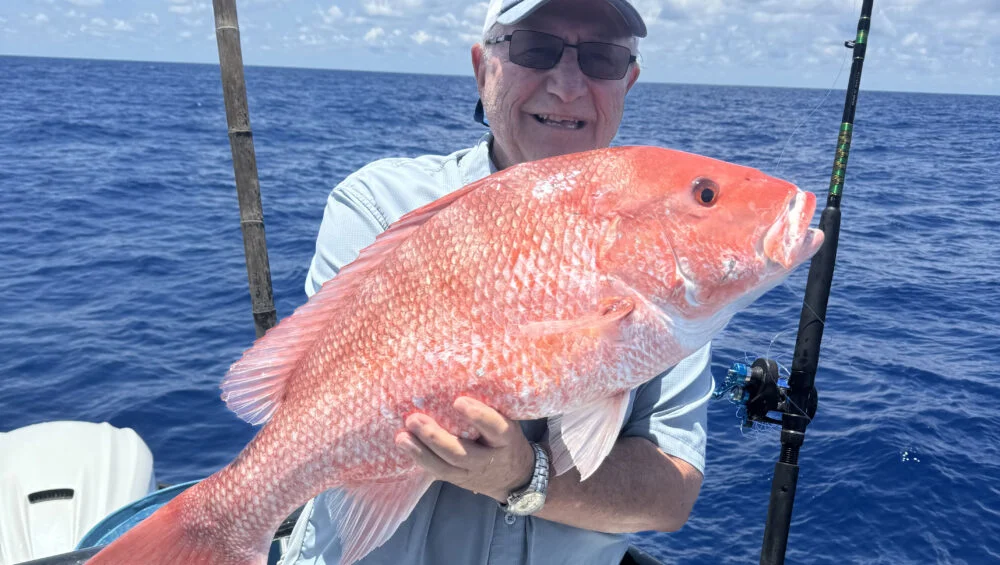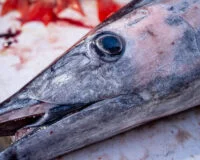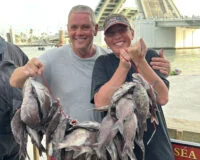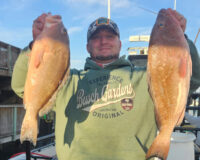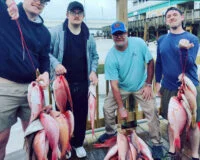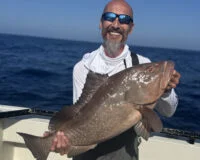Inshore Fishing report
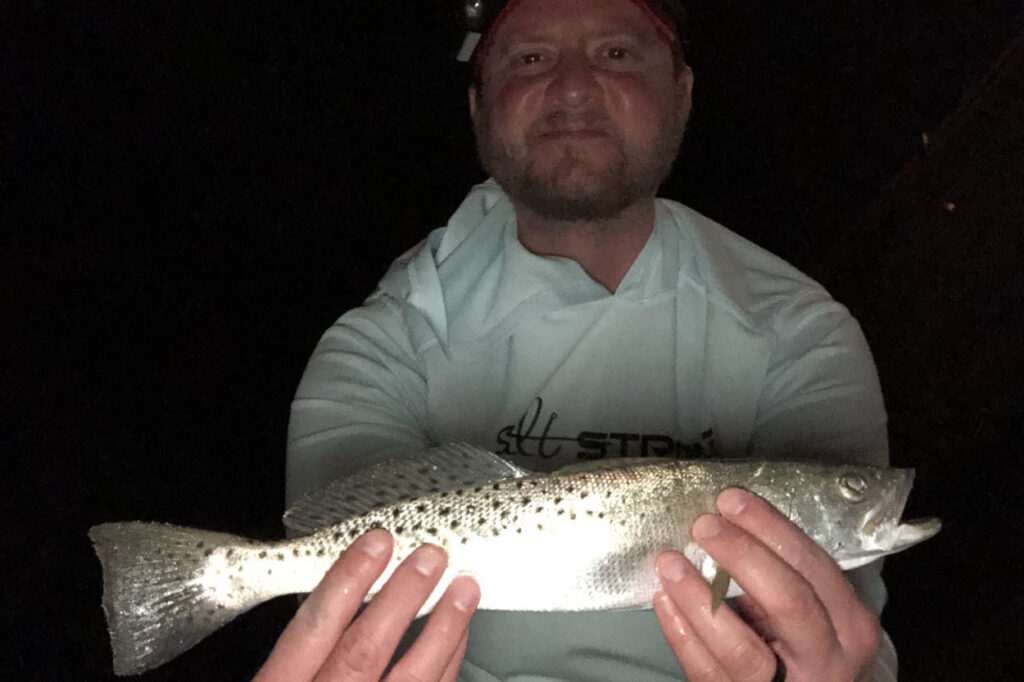
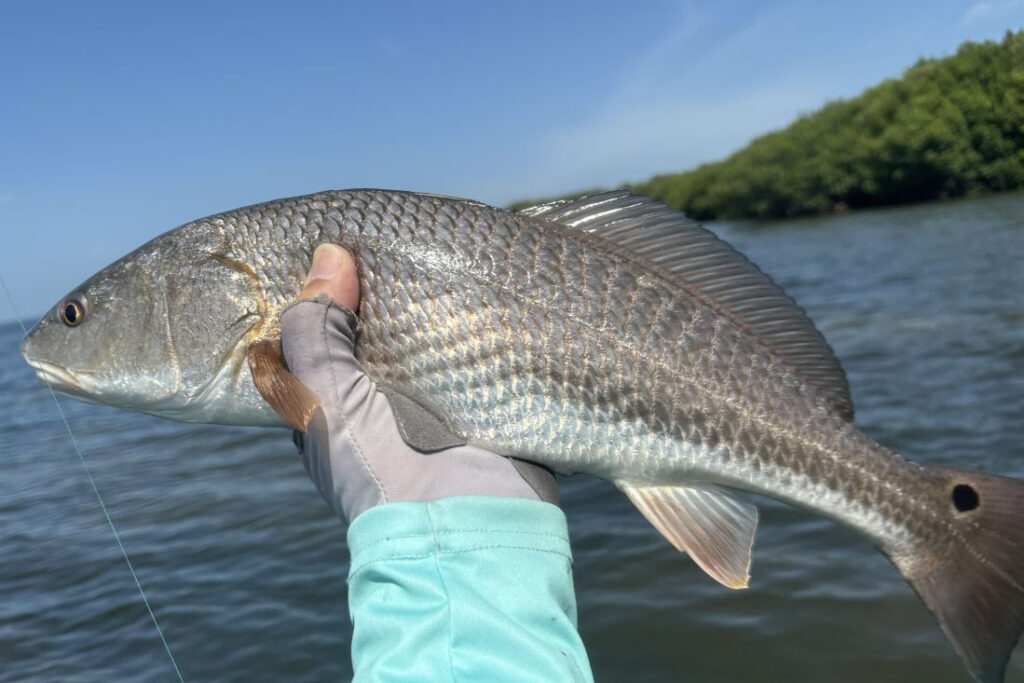
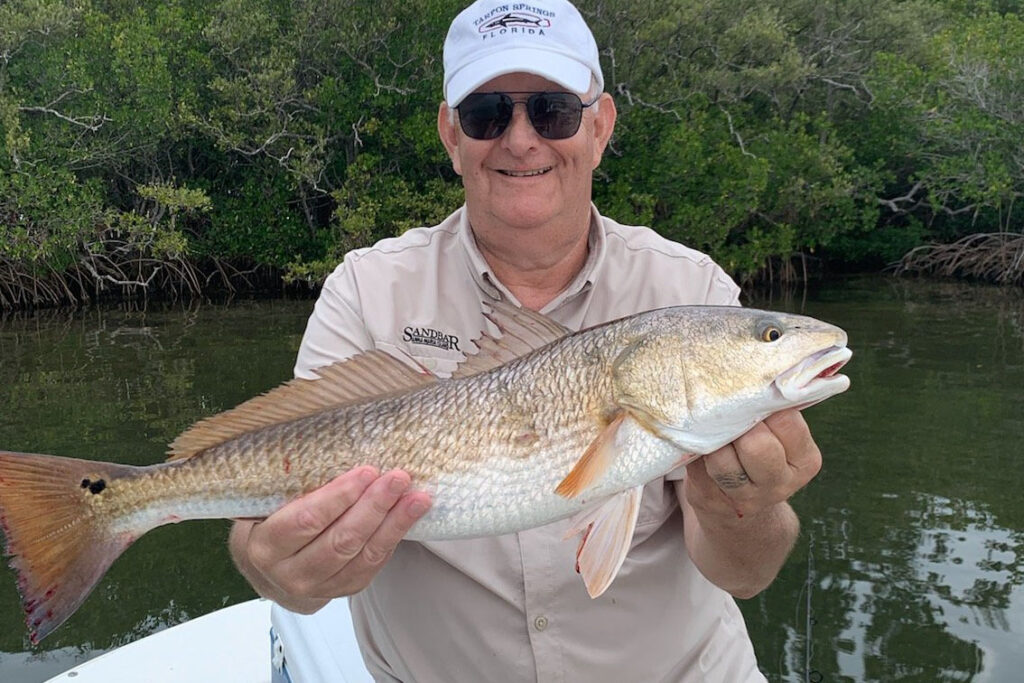
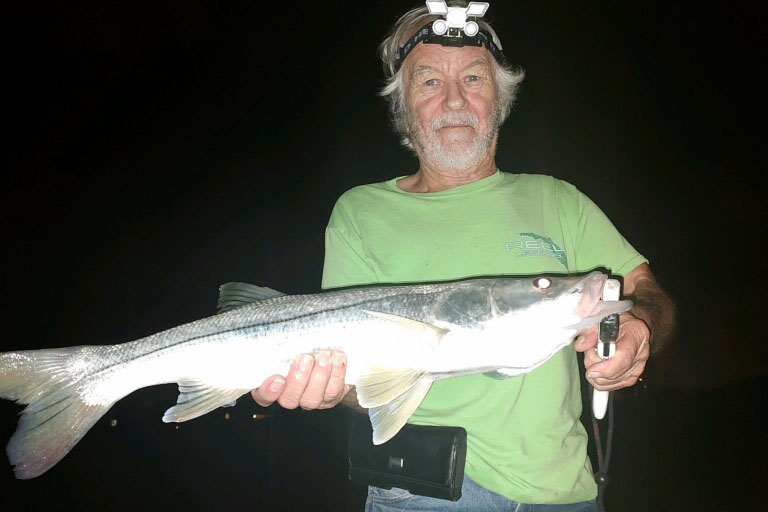
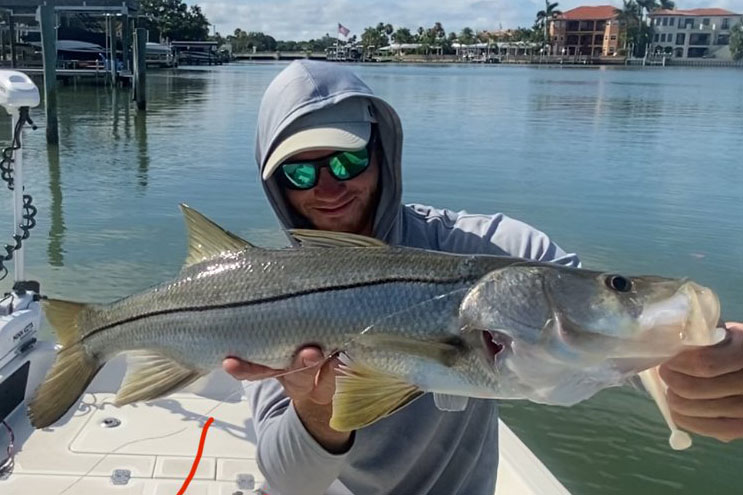
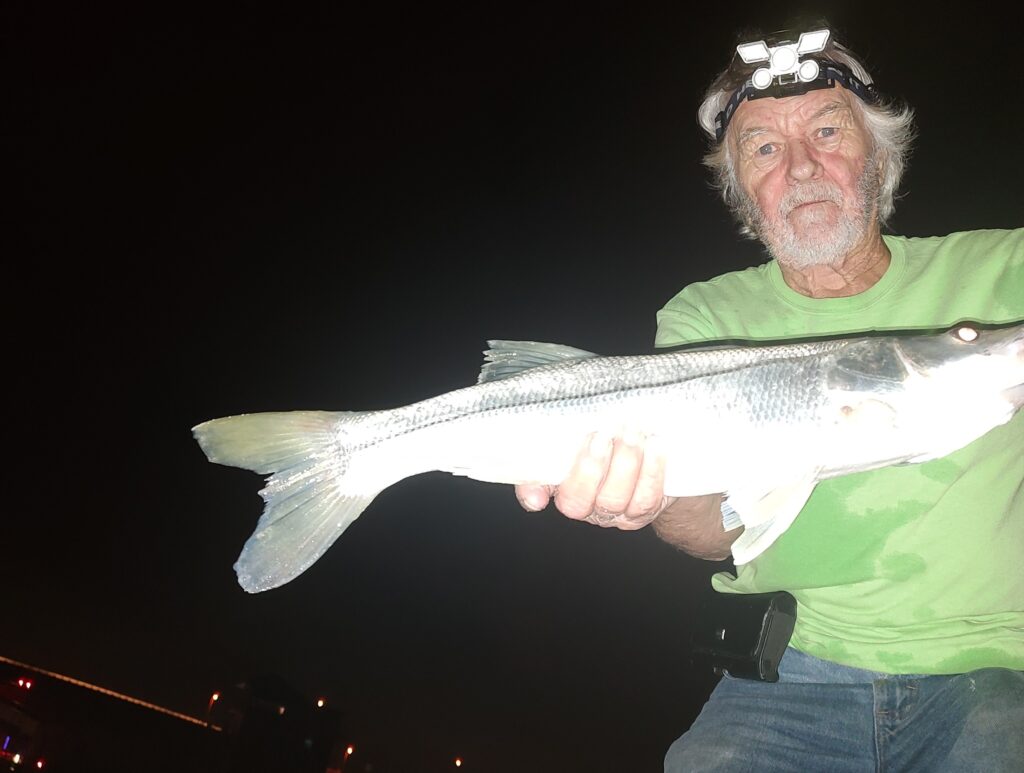
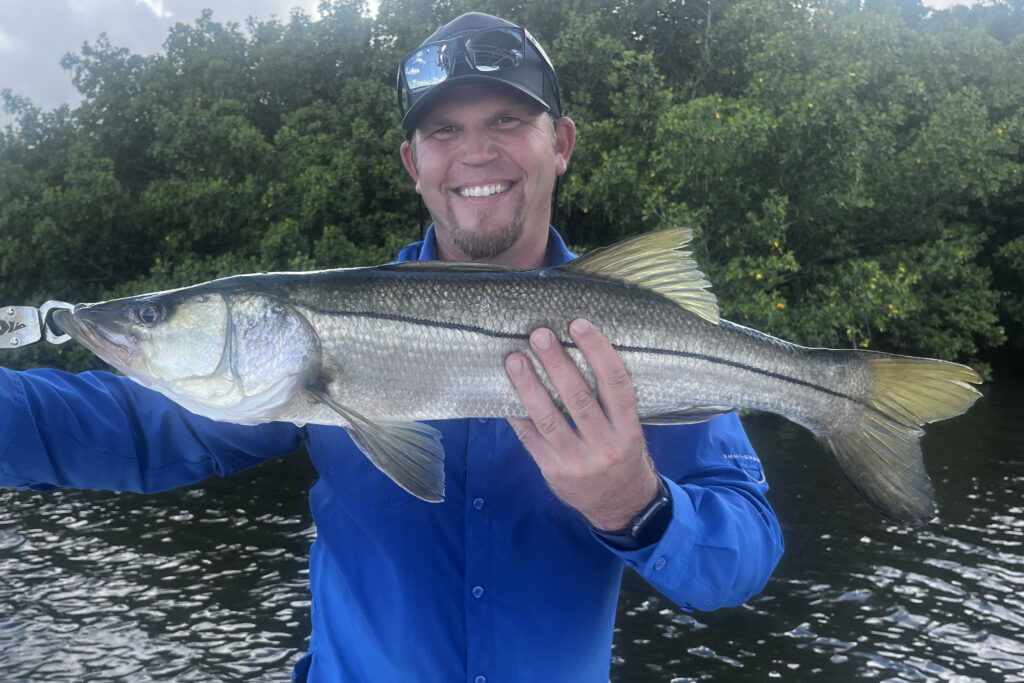
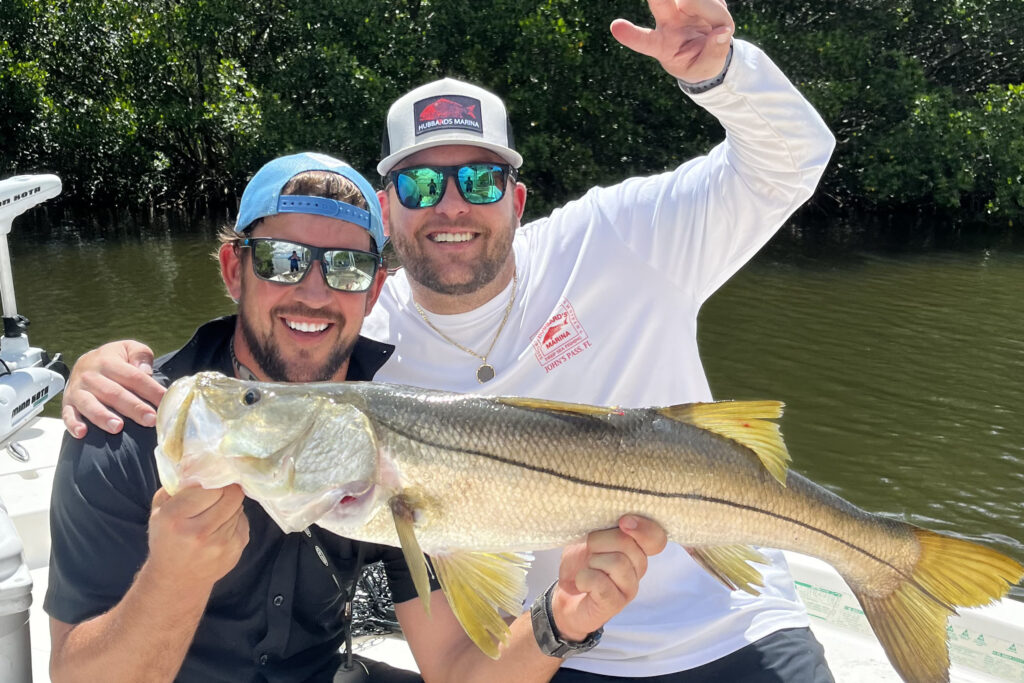
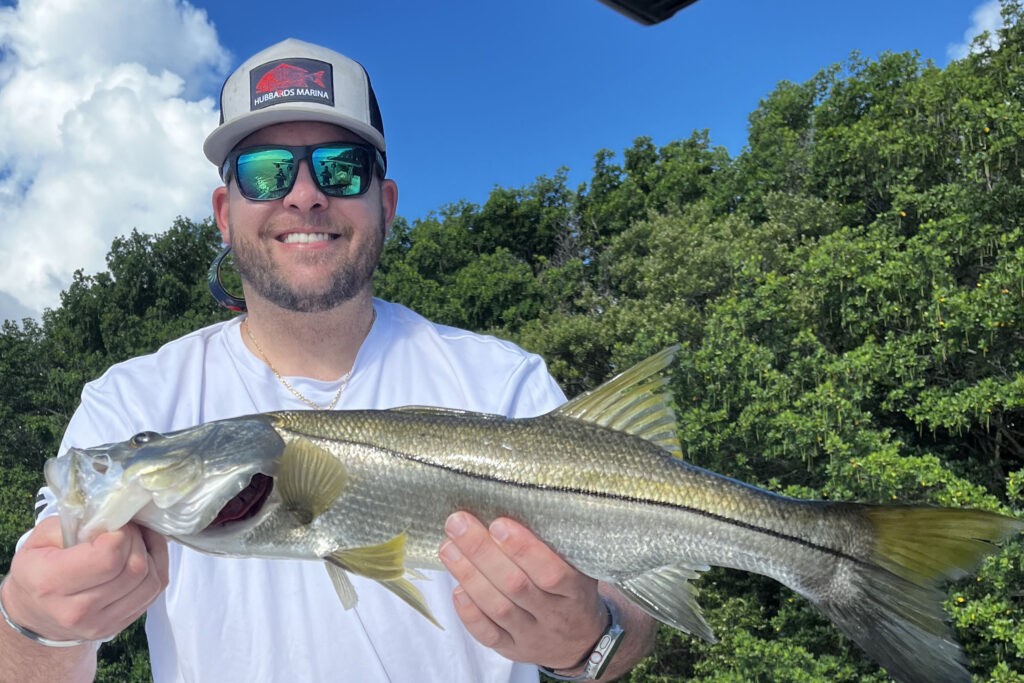
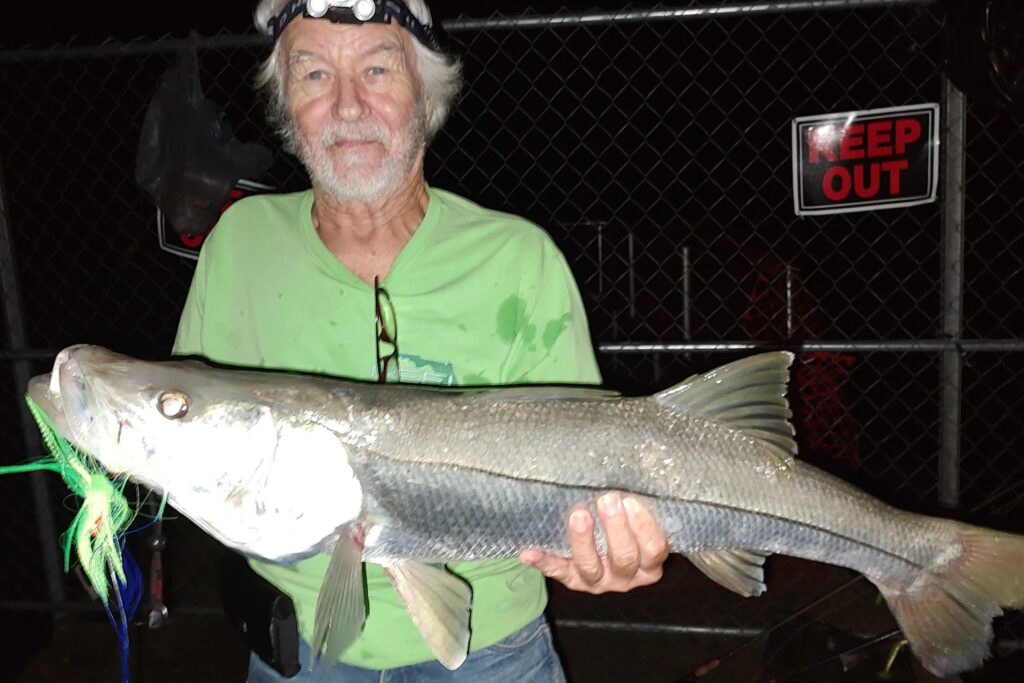
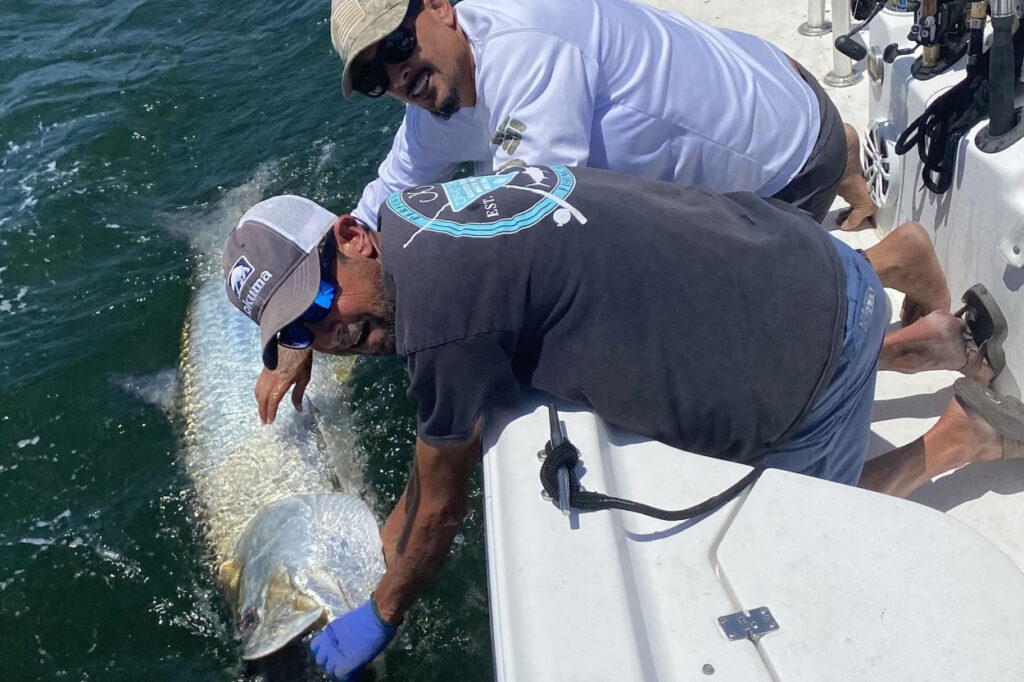
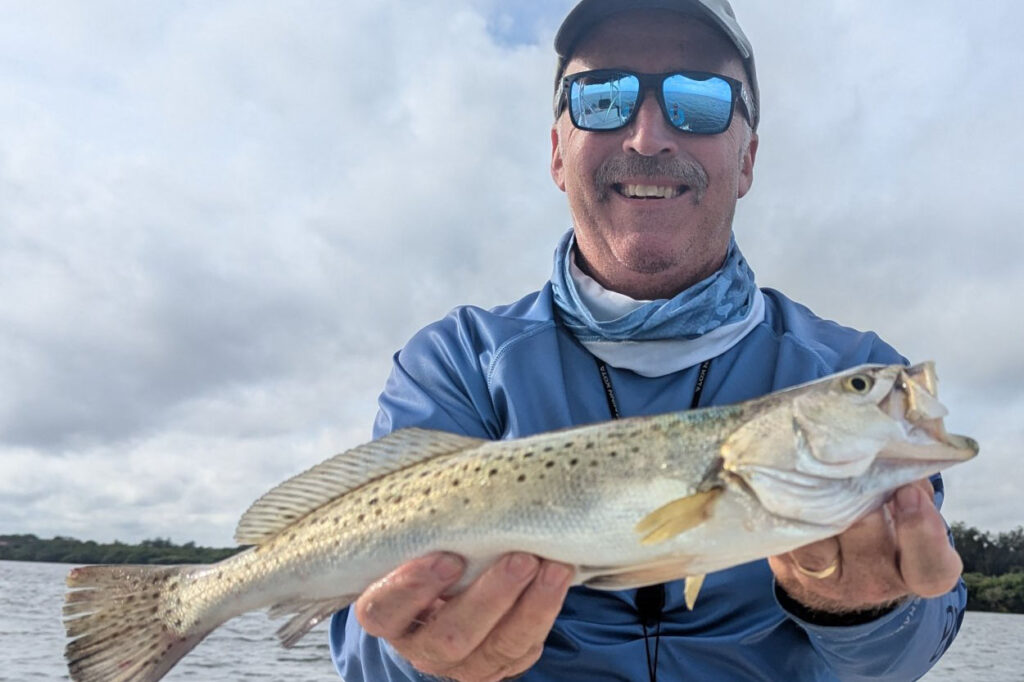
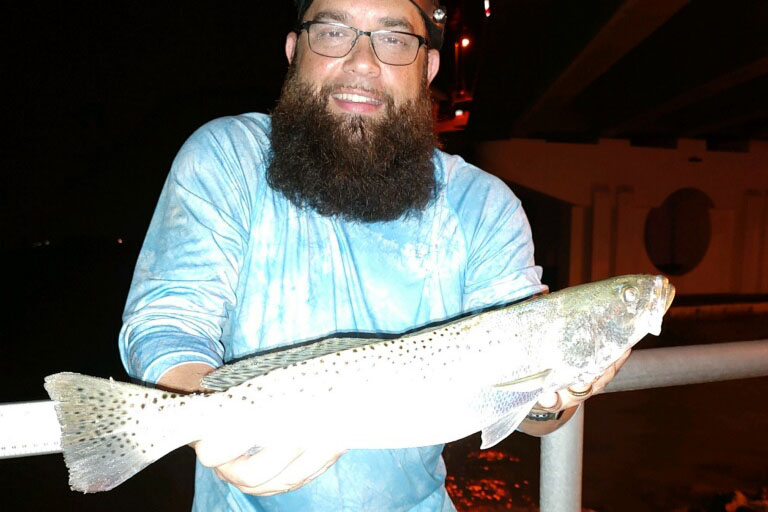
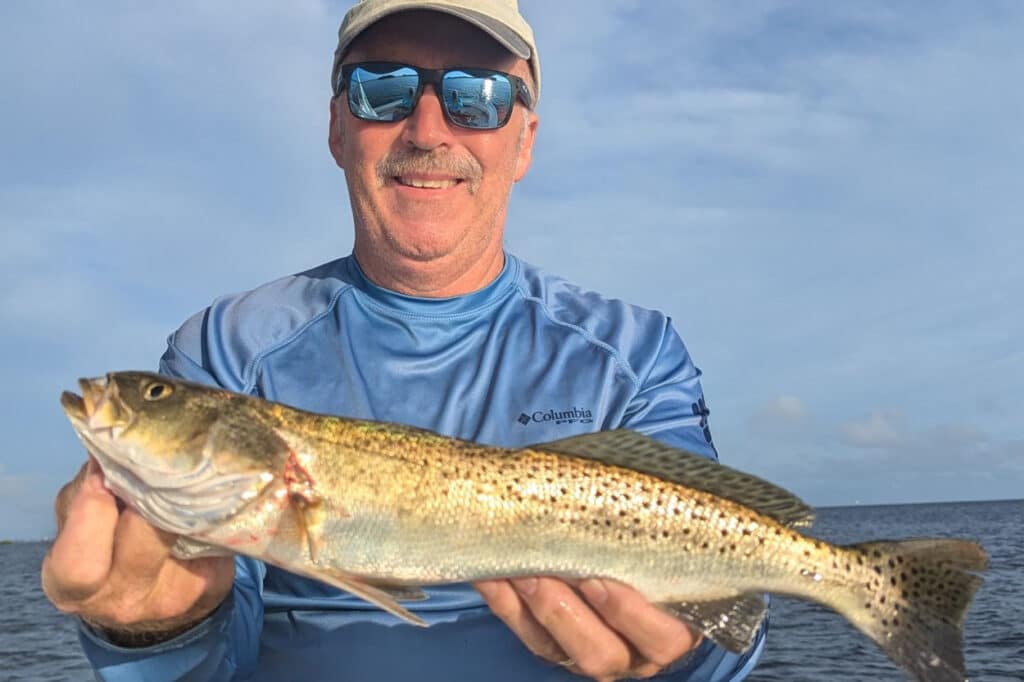
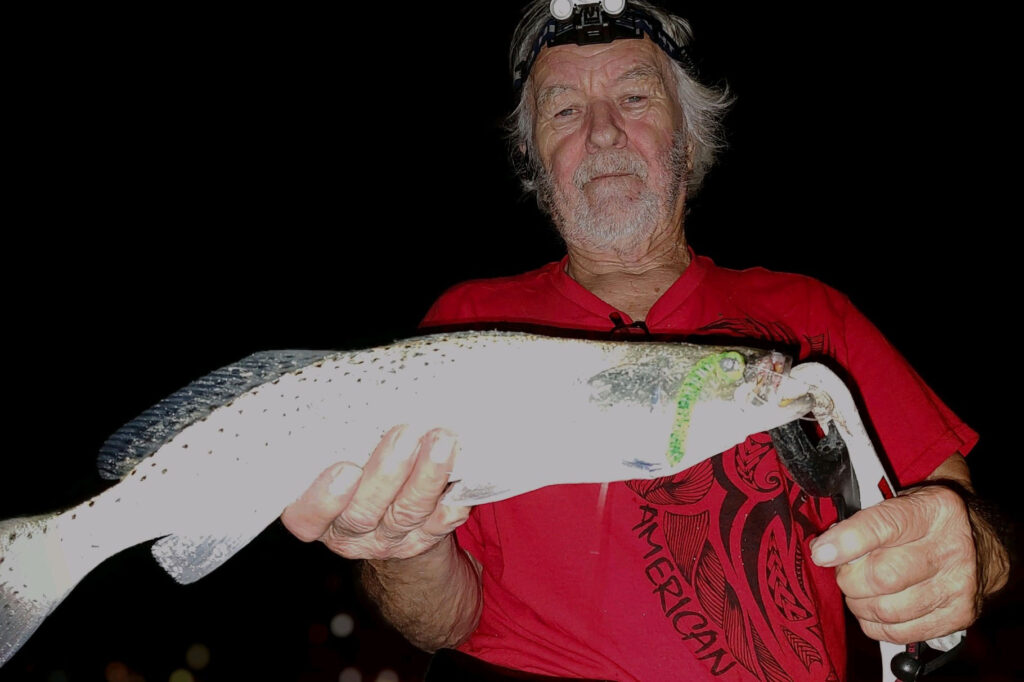
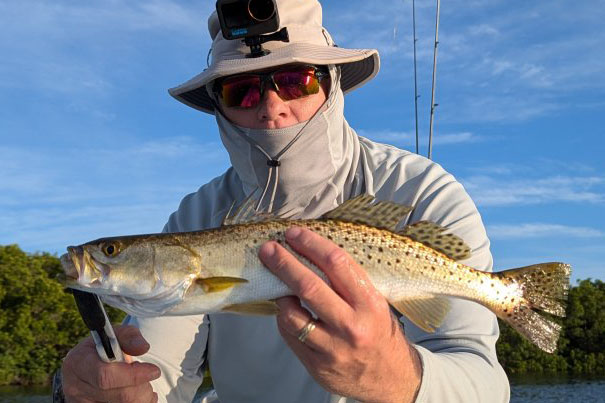
Snook Action has been solid, especially around the passes. The best times to target snook are at night and into the early morning hours. Once the sun comes up, the beaches and flats come alive. Snook are chasing live bait such as greenbacks, threadfins, and shrimp. Many anglers are also having success using flair hawks or soft plastics at night around the passes. This time of year, snook are active and aggressive, making for thrilling fishing experiences.
Redfish are biting well around the area, particularly along mangrove shorelines, oyster bars, and some local flats. Look for signs of mullet or birds in the upper bay and back bay areas to locate redfish. They are more active in the morning before the heat of the day sets in. At night, you can find them around dock lights by working the bottom. During higher tides, soaking dead baits along the mangroves offers great chances of hooking redfish.
Trout are abundant around deeper flats, potholes, and edges. They are actively feeding on soft plastics, white bait, and shrimp. The slight dip in water temperatures has made them more cooperative and easier to catch. Focus on these areas for consistent trout action, especially during the cooler parts of the day.
Tarpon action is expected to be particularly hot over the weekend with the full moon bringing big hill tides and a great flush of baits behind recent rains. Typically, big rains lead to a significant crab flush, which should entice tarpon to feed aggressively. This weekend is shaping up to be a prime time for targeting tarpon, so be prepared for some exciting battles.
Flounder are around the potholes, edges, and sandy bottoms near structures. They are ambush predators and will bite anything that gets close to the bottom where they lie in wait. Targeting flounder can be rewarding as they are both fun to catch and excellent to eat.
Pompano action is happening but remains spotty. These fish are known for their erratic movements and small concentrations, making them challenging to stay on consistently. Look for likely areas, but be prepared to move around frequently to stay on the pompano bite.
Sharks are prolific on the beaches, around the mouth of the bay, and even back into our rivers. This time of year, virtually anywhere there is moving water, soaking a big dead bait can yield high chances of hooking sharks. Sharks are thrilling to target, and they are abundant, providing plenty of action for those looking to wrestle with these powerful fish.
Fishing Tips
- Snook: Use live baits like greenbacks, threadfins, and shrimp, or try flair hawks and soft plastics at night.
- Redfish: Look for them around mangroves, oyster bars, and flats, and use dead baits during higher tides.
- Trout: Target them with soft plastics, white bait, and shrimp around deeper flats and potholes.
- Tarpon: Target them during the full moon with crab flushes, making it an ideal time to target them.
- Flounder: Find them near sandy bottoms and structures, biting on bottom baits.
- Pompano: Be prepared to move frequently to stay on their bite.
- Sharks: Use big dead baits in areas with moving water.
Help spread the word about what to do if you hook or entangle a bird. Never cut the line; instead, reel in the bird carefully to dehook and release it. If you accidentally hook a dock, break the line at the hook to avoid leaving any line in the water. Seabirds with fishing lines hanging from them are becoming more common, and this could lead to the closure of fishing areas.
Rising concerns about bird entanglements might result in closing fishing spots, impacting the few available locations around Tampa Bay from shorelines, docks, bridges, or piers. Learn more in our recent podcast with Salt Strong: https://www.saltstrong.com/articles/shutting-down-fishing-at-busy-pier/.
Nearshore Fishing Report
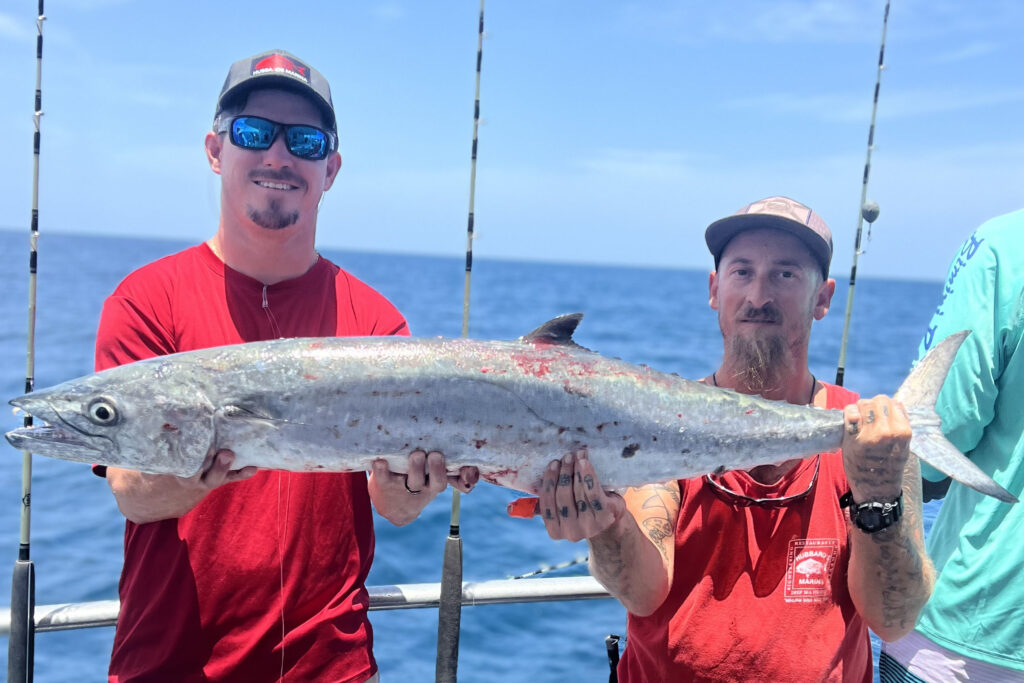
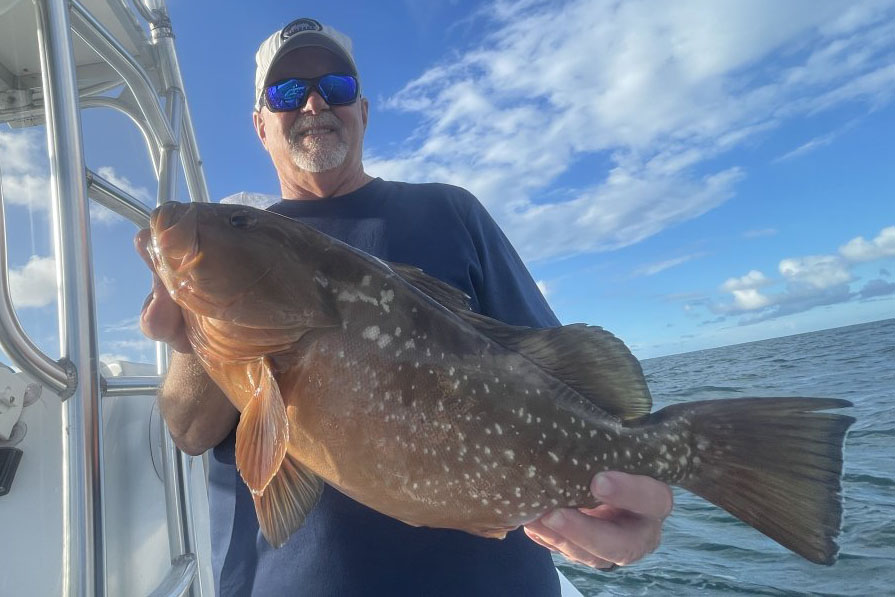
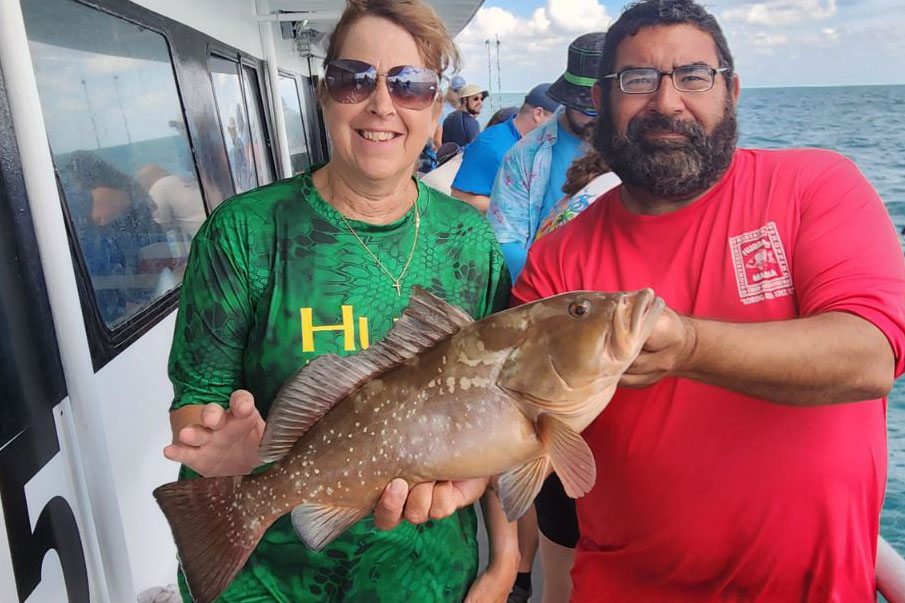
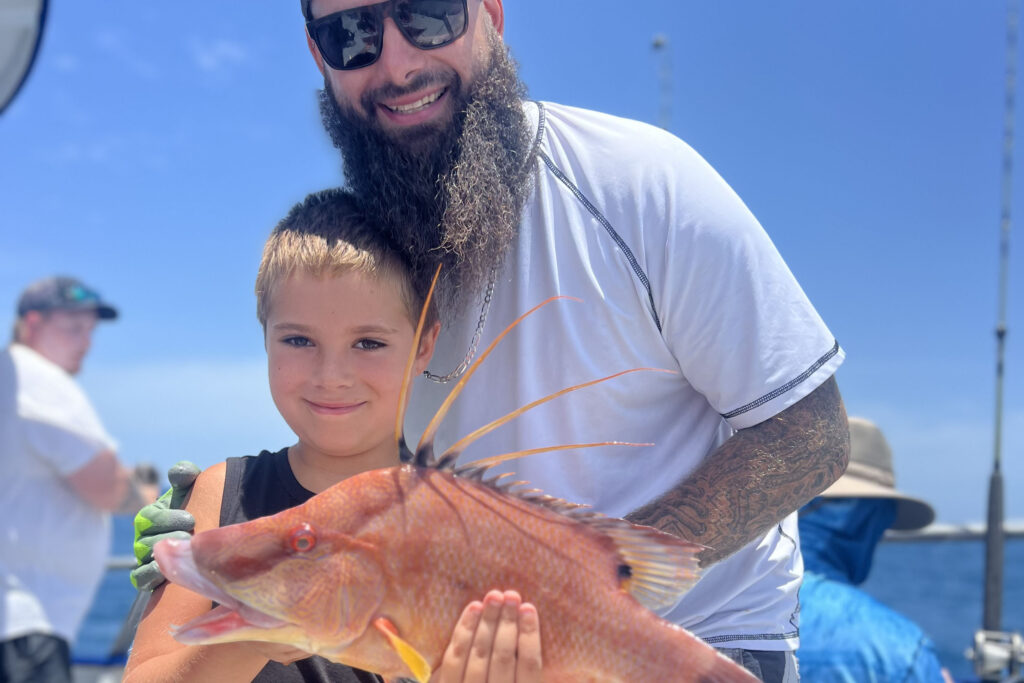
Lane Snapper continue to dominate near shore waters, from depths of 50-60 feet up to the deepest near shore areas. These voracious feeders are hitting a variety of baits, with the largest ones being caught on live shrimp and cut threadfins. Our ten-hour trips have been particularly successful, bringing in good numbers of big lanes in depths ranging from 60-100 feet. If you’re looking for a tasty catch, lane snapper are an excellent target right now.
Mangrove Snapper are providing a pleasant surprise near shore, with some truly large fish being caught. They are particularly active in deeper near shore waters but are also found closer inshore during this time of year. Live pinfish and cut threadfin are the baits of choice, with live shrimp also proving effective. These fish are more commonly found during the day around new moons when they can’t feed as heavily at night but become more active at night as the full moon approaches.
Red Grouper action is going well, especially in the deeper near shore waters closer to 100 feet. These fish are responding well to big dead baits and solid live baits. For the best results, use 60-80 lb test line and 6-7/0 hooks. The deeper you fish, the more likely you are to encounter these robust fighters in keeper size.
Pelagic Action is going nuts offshore, near shore waters are still producing exciting catches. Mackerel and the occasional kingfish are being found around the bait schools near the beaches. Using flashy, fast-moving lures or throwing white bait chum to get them fired up has been successful. When fishing deeper near shore waters, there is a chance to encounter more pelagic species that may push in from offshore.
Seasonal Openings:
- Red grouper: Open until the end of June
- Triggerfish: Open all year except June & July
- Amberjack: Open May, September & October
- Red snapper: Open June 1st – August 27th (close August 28th at 12:01am)
- Gags: Will open September 1st for 1, 2, or maybe 3 weeks (we will know end of June)
- All other species: Open all year
Offshore Fishing Report
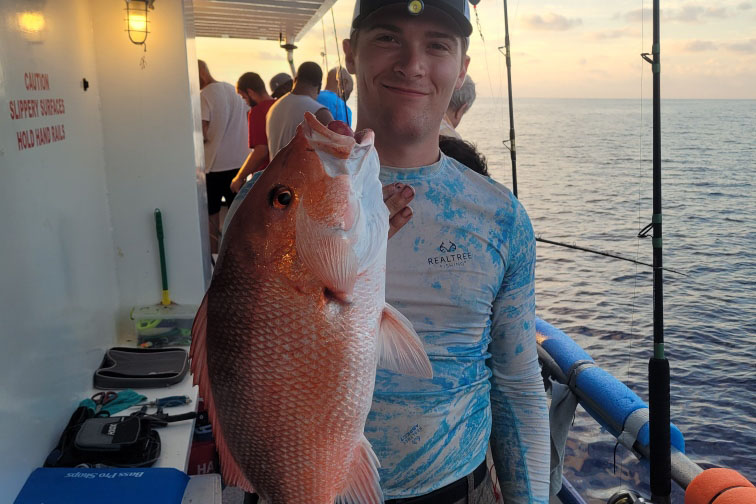
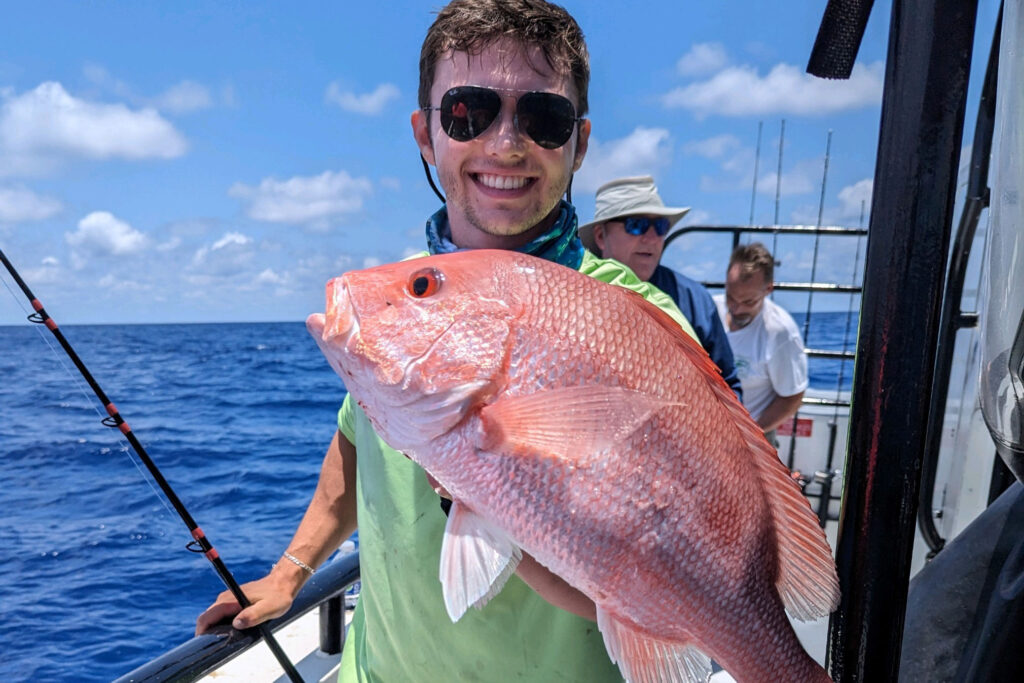
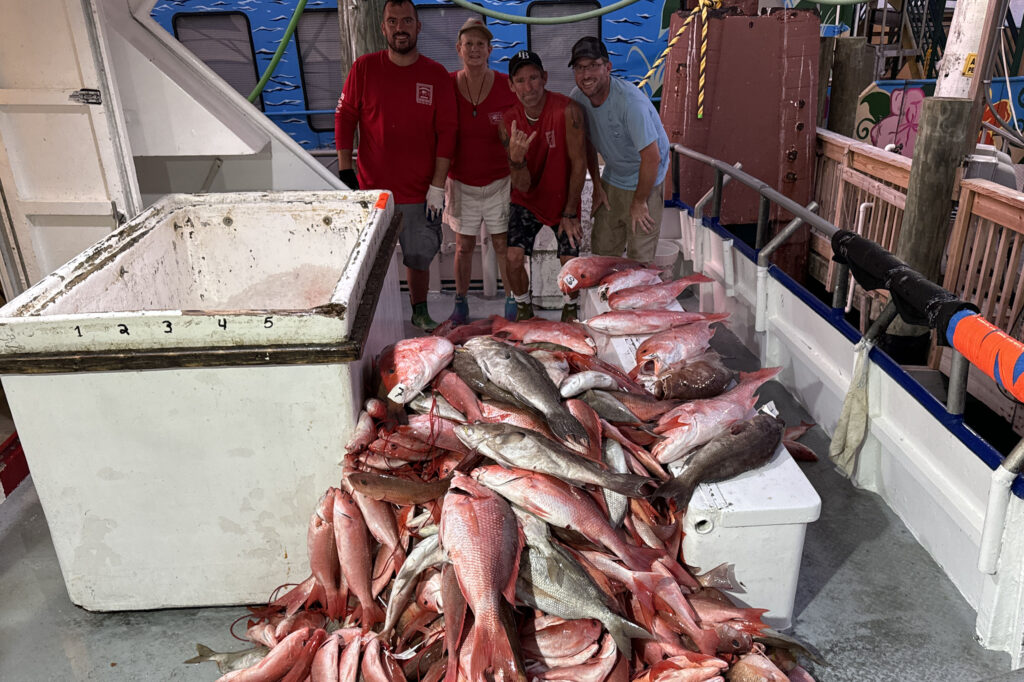
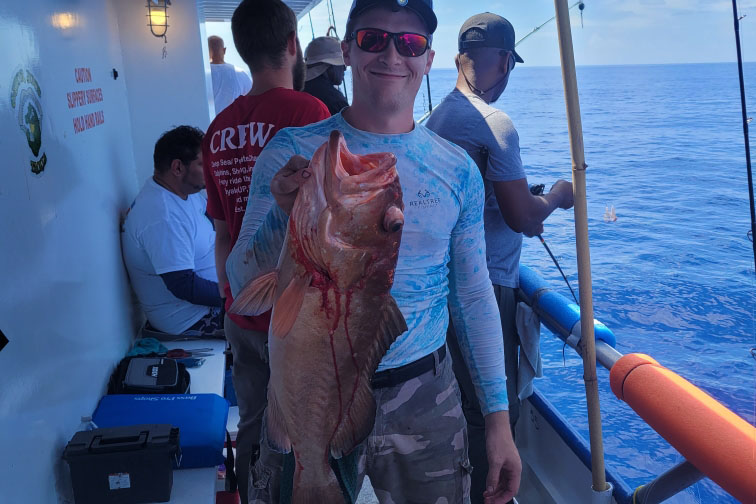
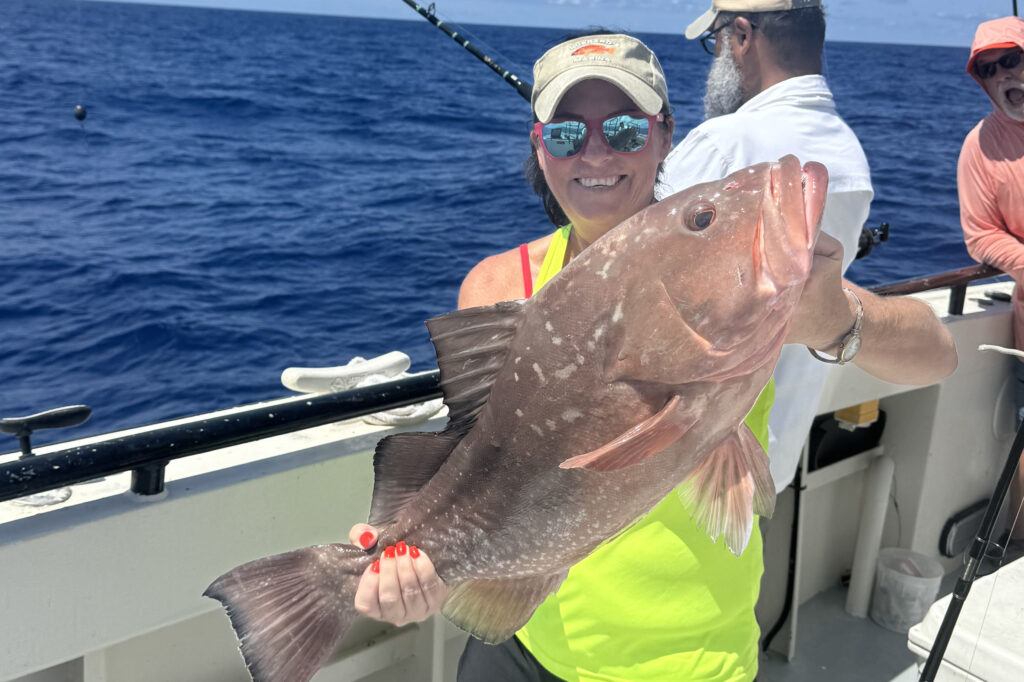
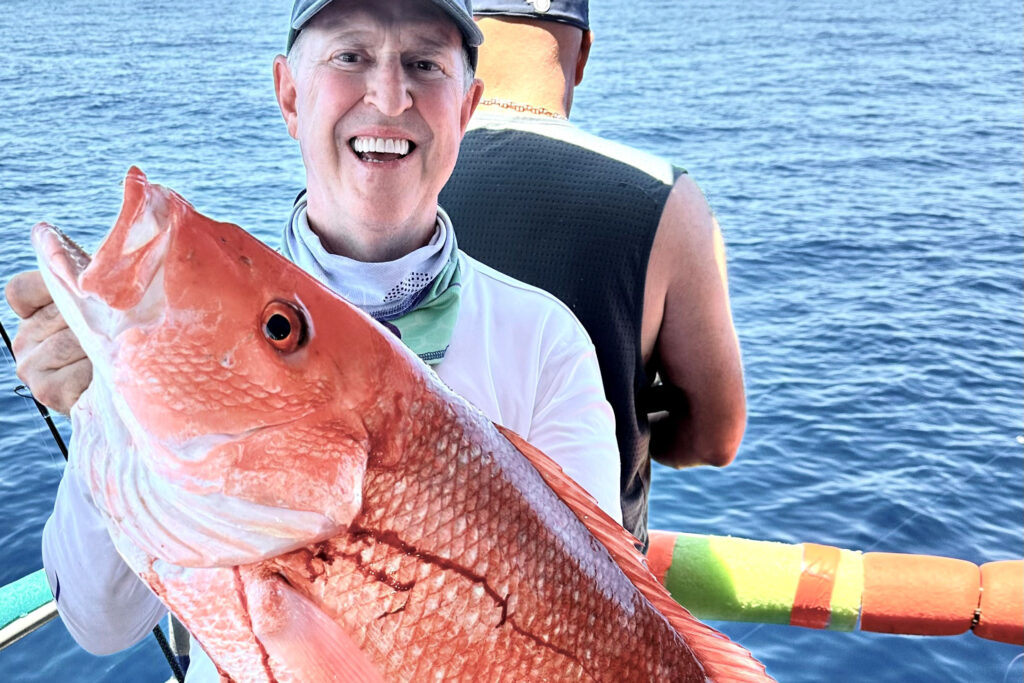
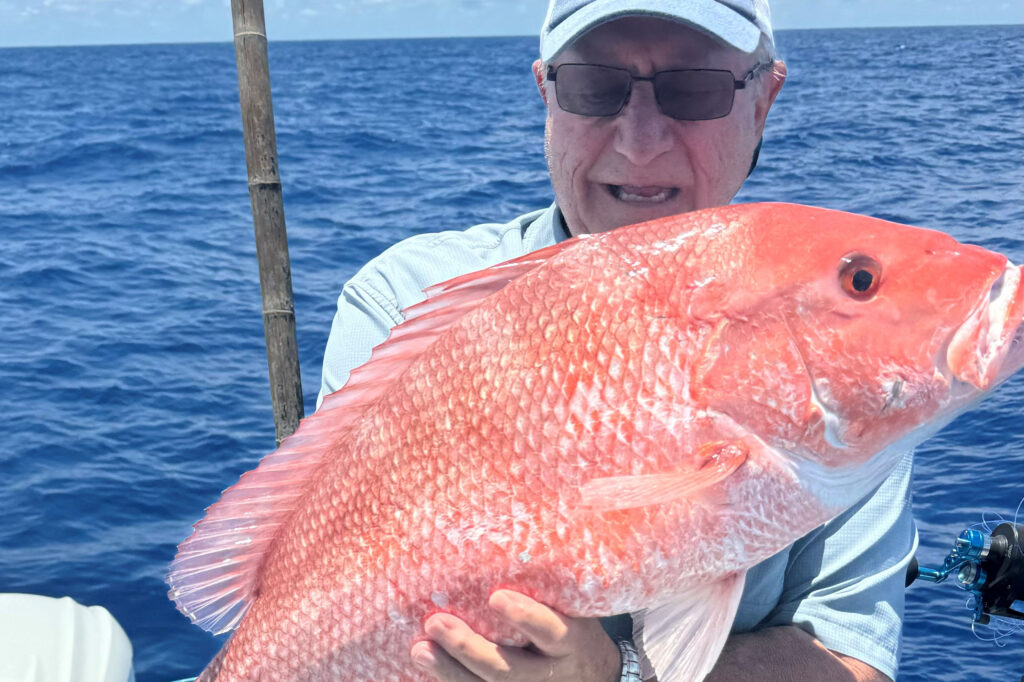
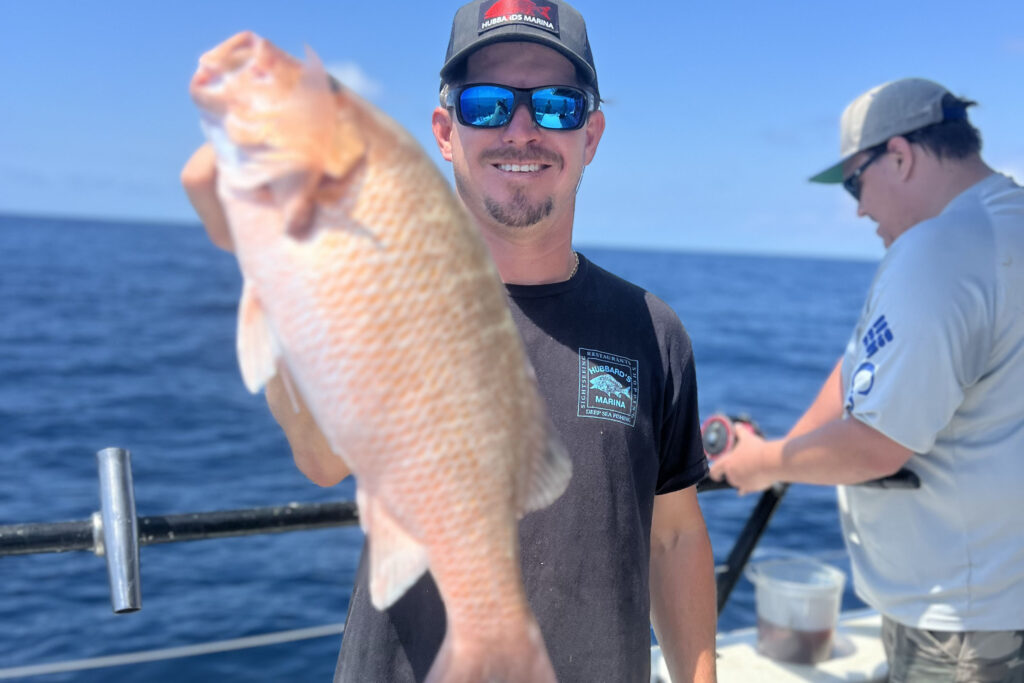
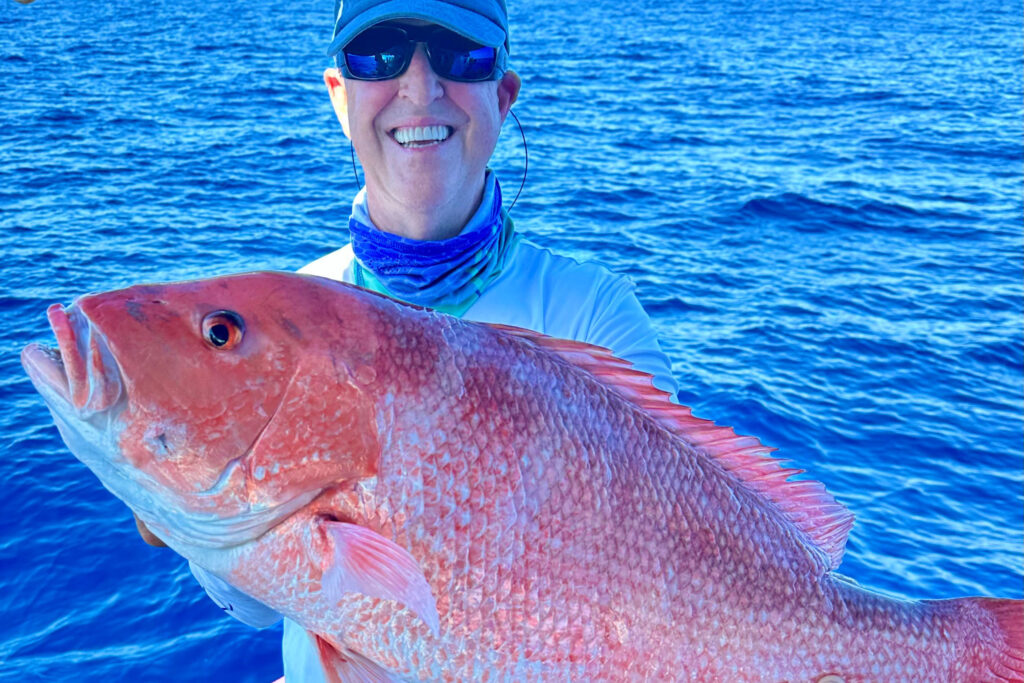
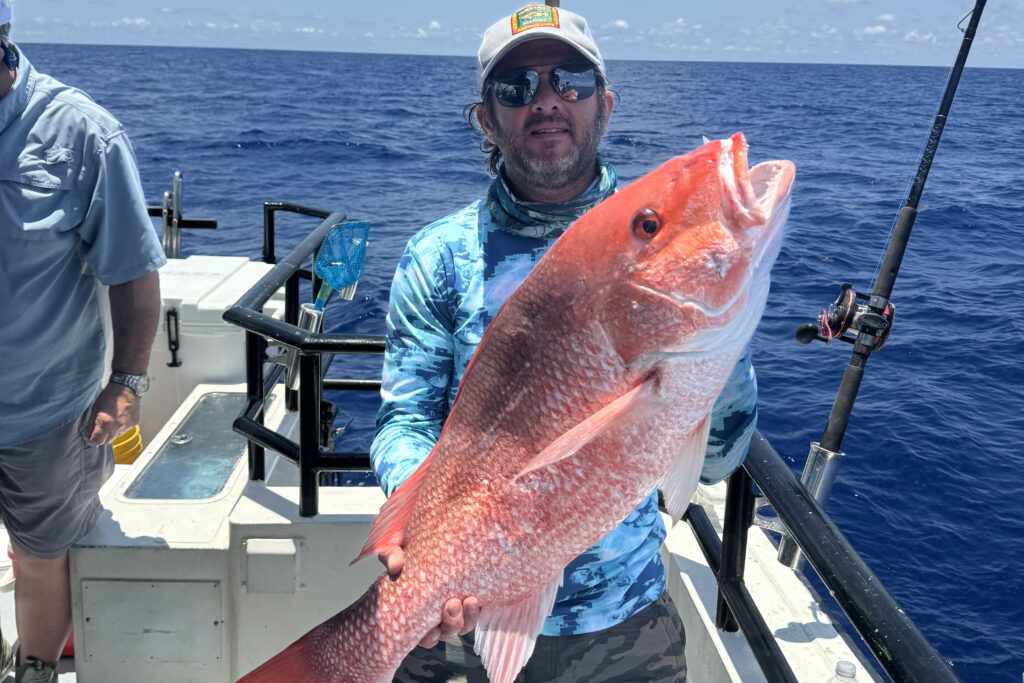
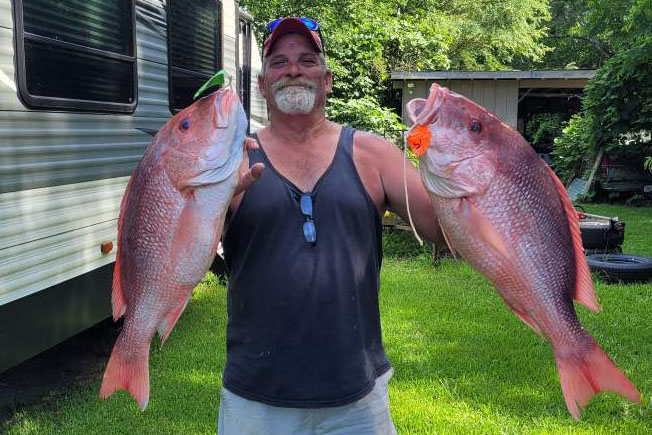
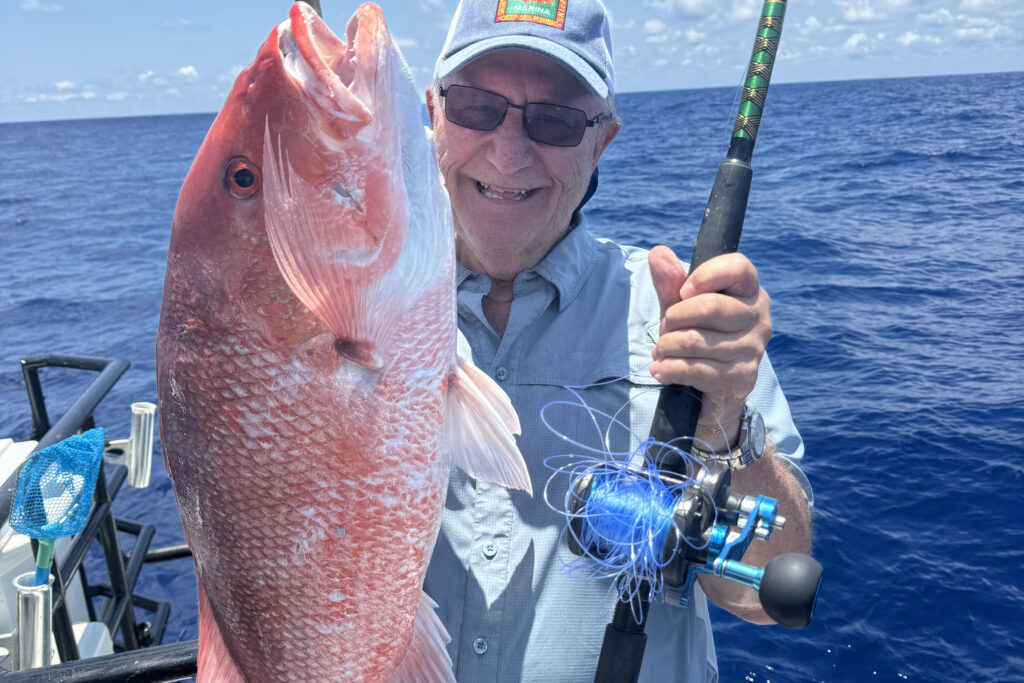
Red Snapper is in full swing until the end of August, offering plenty of time to capitalize on big red snapper hauls. These fish are biting just about anything, but we recommend using big baits and heavy tackle to target the larger fish and avoid the smaller ones. The best chances for big red snapper are on our 12-hour extreme trips, 39-hour trips, and 44-hour full moon trips. While they occasionally show up on ten-hour trips, the bigger catches are typically on the longer trips.
Scamp Grouper bite has slowed a bit but remains above average for this time of year. These fish are biting on small to medium pinfish and cut threadfin, often caught while targeting mangrove snapper on medium tackle. Scamps are leader-shy, so using lighter tackle can improve your chances.
Mangrove Snapper action remains strong offshore, with some impressive catches being reported. Large mangroves are being caught on live pinfish and cut threadfin plugs. Night fishing has been particularly successful for these snapper, making it an ideal time to target them before focusing on red snapper during the day.
Vermillion Snapper are also showing strong activity, with big fish coming up while targeting red snapper offshore. They are biting on almost any bait, particularly small pieces of cut squid or threadfin. These fish are not leader-shy, making them easy to catch on lighter tackle.
Yellowtail Snapper fishing has been exceptional, with some fish weighing in at 3-4 lbs and even approaching 5 lbs. These colorful and tasty fish are being caught on shrimp, cut squid, and cut threadfin, making them a versatile target for various bait options.
Pelagic Action has been super hot lately, with wahoo, mahi, cobia, and sailfish being caught on recent trips. These exciting species are being hooked on flat lines, pitch rods, and even while reeling up or dropping to the bottom. This variety adds an extra thrill to our offshore adventures.
Fishing Tips
- Red Grouper: Target the deepest near shore waters with big dead baits or solid live baits. Use 60 lb test and 7/0 hooks for best results.
- Red Snapper: Use big dead baits like whole squid and bonita strips with heavy tackle to focus on larger fish. Prime trips include the 12-hour extreme, 39-hour, and 44-hour trips.
- Scamp Grouper: Use small to medium pinfish and cut threadfin, especially while targeting mangrove snapper.
- Mangrove Snapper: Near shore, use live shrimp and small chunks of threadfin on 30-40 lb test with 3-4/0 hooks. Offshore, use bigger chunks of cut threadfin or medium pinfish on 40-60 lb test with 5-7/0 hooks.
- Vermillion Snapper: Start around 100 feet of water using cut squid or threadfin. These fish are aggressive and not leader-shy.
- Yellowtail Snapper: Use shrimp, cut squid, and threadfin.
- Pelagic Species: Keep flat lines and pitch rods ready for sailfish, kingfish, wahoo, tuna, and mahi mahi.
Remember that when fishing in deeper nearshore and offshore federal waters, the Descend Act requires you to have a descending device or venting tool “rigged and ready.” If you know how to use a venting tool, keep it prepared. If not, here’s some helpful advice: https://bit.ly/3L5HTnv. Using a descending device is straightforward and doesn’t require as much precision or practice as venting. You can even get over $100 worth of descending device gear for free by taking a short course on barotrauma mitigation, which helps more fish survive. The course only takes about 10-15 minutes, and you can learn valuable techniques to protect our offshore fishery. Spread the word by visiting: https://returnemright.org/.
TERMS OF REFERENCE-
Inshore: This covers the areas from the inner bays, through the bridges, and right up to the beaches.
Near Shore: This includes the coastal waters from the beaches up to twenty miles offshore, or up to a depth of 100 feet.
Offshore: This extends from twenty miles offshore or from a depth of 100 feet and beyond.
For more fishing reports, photos, videos, and other content, check out Hubbard’s Marina on Facebook, Instagram, YouTube, TikTok, Twitter, Pinterest, or Snapchat by searching for @HubbardsMarina. Remember our family motto: “If you’re too busy to go fishing, you’re just too busy!” Thank you for reading our report.
Capt. Dylan Hubbard, Hubbard’s Marina
Phone or text: (727) 393-1947
Website: Hubbard’s Marina

